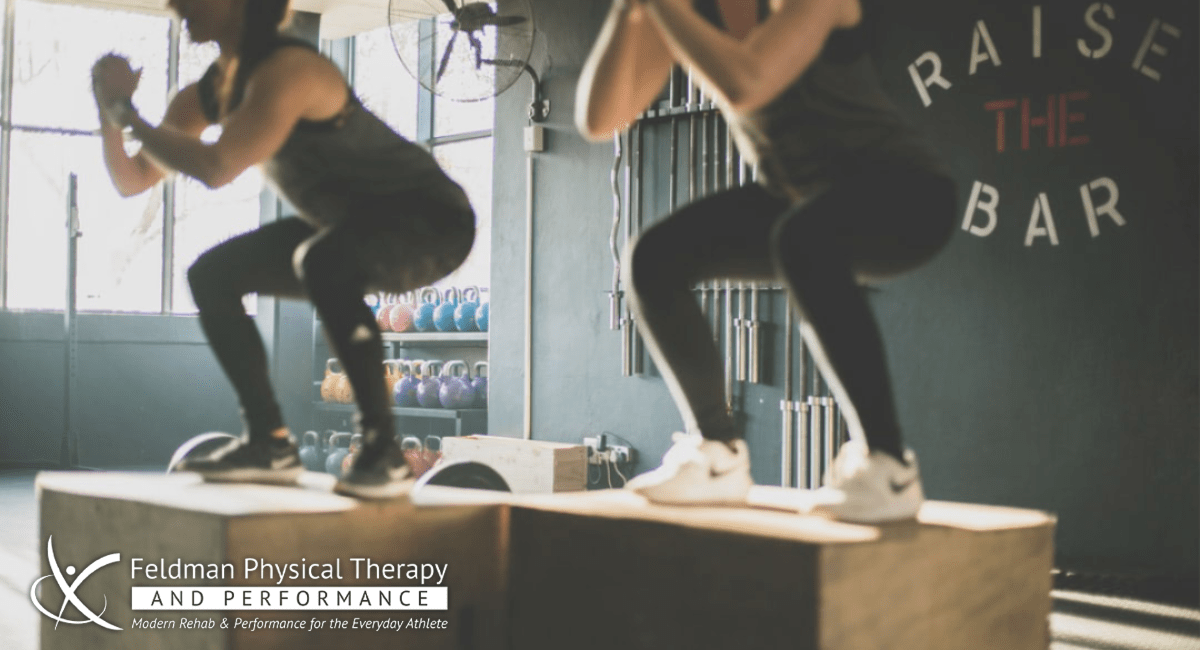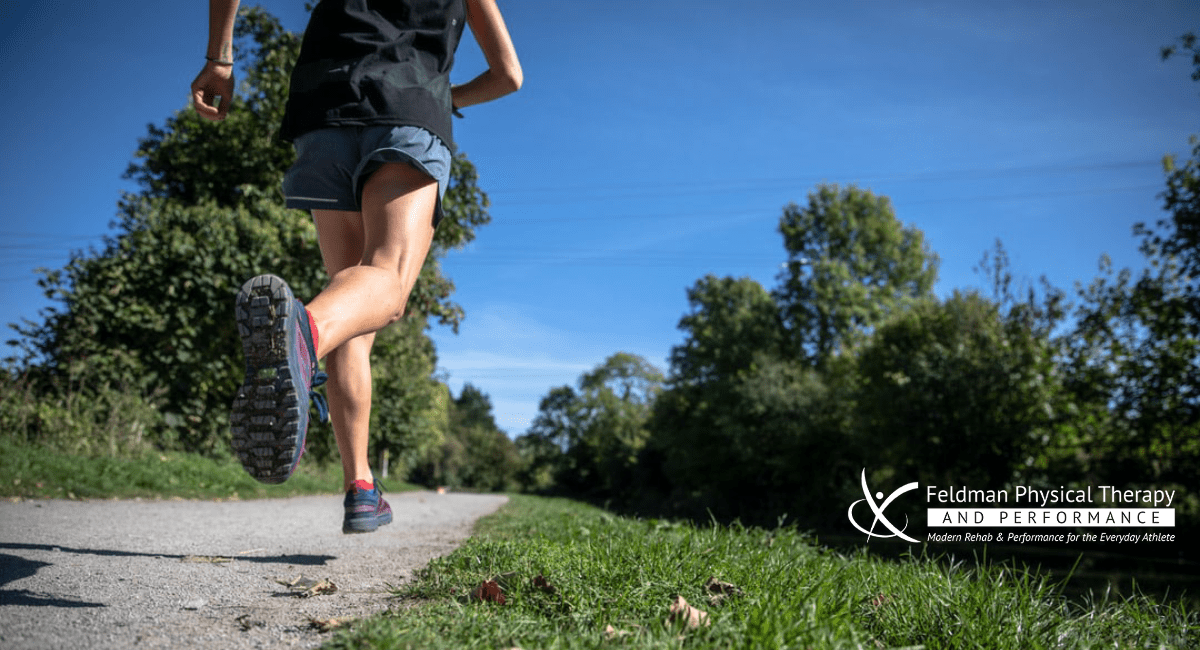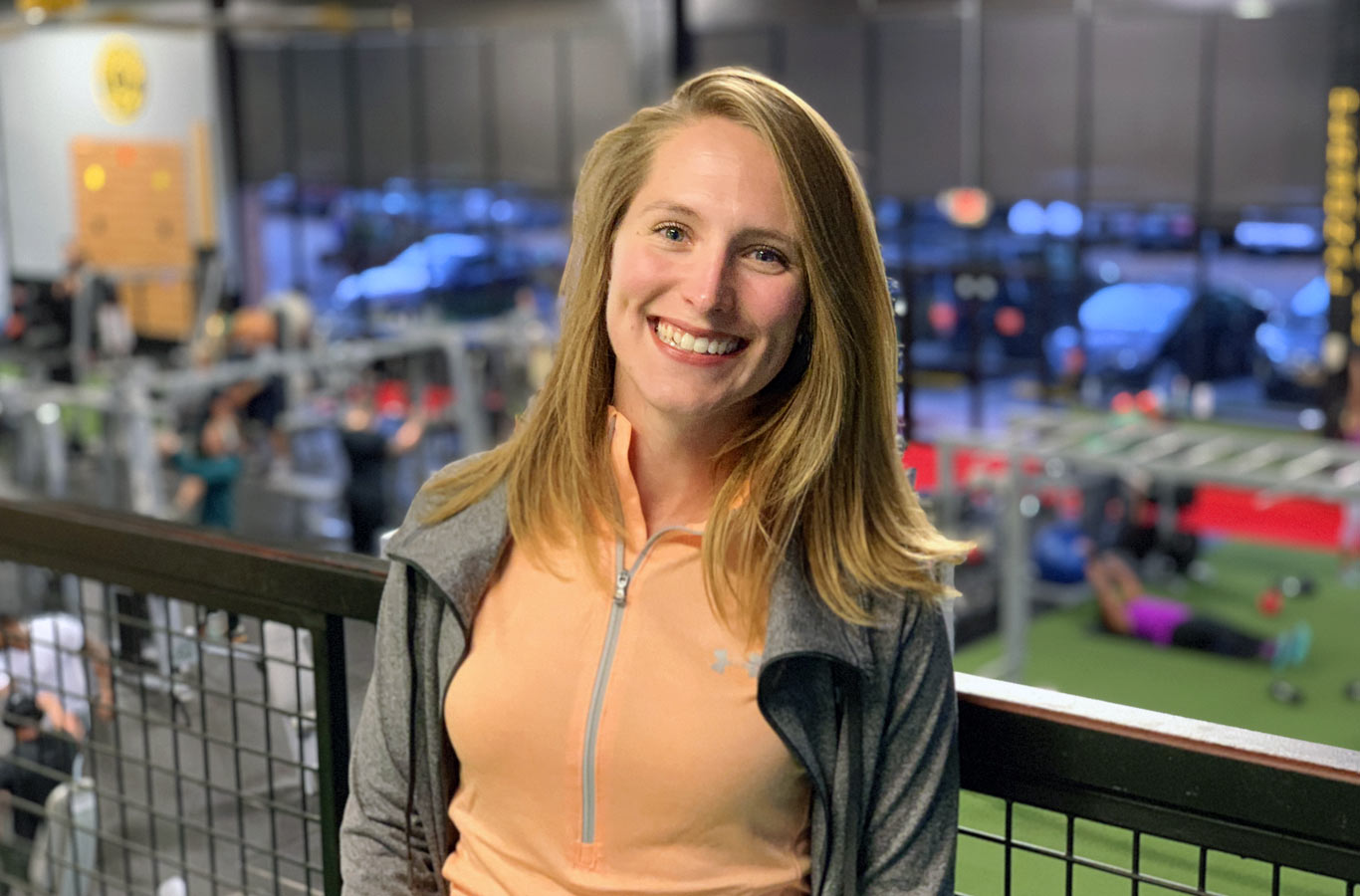
Use Power Wisely: Plyometric and Ballistic Exercises
January 19, 2020
Why Should You Run?
February 2, 2020Creating Healthy Habits
Tips to Help You Reach Your Rehab Goals
Habits. They seem to form naturally over time based on our daily schedules, surrounding environment, and the people around us. They often become subconscious tendencies until our souls want a change. Typically, the new year is where individuals embark on the search for health and wellness; however, they often fail due to old habits.
Creating new habits can be tough and that is why we tend to revert to our “norms” after a short period of time. Forming a new habit often seems abnormal. Our bodies and minds have a hard time accepting it unless we’re well prepared.
Habits consist of parts: cues, routines, and rewards. Cues are the trigger of the habit such as time of day, feelings, or certain people. Routines are the action being performed. These consist of any activity positive or negative (drinking your choice beverage, eating a doughnut, reading books, going to the gym). The last part of a habit is the reward or the void that has been filled by the routine.
The parts of a habit assist in creating habit loops. For example, every morning, I wake up, walk downstairs, go to my coffee pot, grind my coffee beans, make my coffee, and sit on my couch to mull over my daily schedule. I do this every, single, darn day.
Can you break this apart? Can you see how this habit formed? Heck, if you know me well, you know I love coffee. So, my cue is the morning, my routine is making/drinking coffee and my rewards are I have a better understanding of my daily plans and I get to taste the wonderfulness in my cup! Unless you view caffeine as a negative, this sure is a positive loop to me!
Habit loops can be positive or negative. Habit loops often venture into negative territory as stress builds, boredom erupts, and lack of achievement hits. For example, “I’m done with work, I should do some exercise, but I had a neck ache all day. I’m just going to get McDonald’s on the way home and watch a movie”. Now, this is a bit extreme, but it is an example of a negative habit loop.
So, how do these habit loops apply to rehabilitation principles? Often, pain and lack of enjoyment lead to negative habit loops, negative mindsets, and frustration. The person eating his or her McDonald’s is a perfect example!
So, say this individual came into physical therapy. How could we go about changing their habit loops? Good question, eh? I would start by asking these questions: what are your goals, when does the pain occur, does anything make it feel better or worse, what do you do for the pain when it happens, and how is it impacting your daily life?
Well, we already know this person’s routine. Neck pain occurs most frequently at work. Nothing really makes it feel better. He or she doesn’t really do anything for the pain except try to rest and eat their feelings and it is preventing a healthy exercise routine. So, how do we change this habit loop?
Use goals as a building block. Goals and habits are like peanut butter and jelly. If this person’s goal is to be able to go to the gym regularly after work without neck pain, create positive rehabilitation habits to help get there!
In the scenario above, we’ve determined pain is a cue that creates a negative habit loop. What if we used pain to create a positive one? What if instead of ignoring it or resting it, this individual created a habit of performing 1-2 of his or her exercises. What if when the pain starts at work, this person takes 20 seconds to get up and do something different such as exercises or even breathing techniques that then helps to decrease the pain? What if when this person sits on the couch to watch TV at night, he or she performs 1-2 exercises instead of doing nothing! Over time, with these newfound habits, the individual then realizes that his or her neck feels better. These are all small habits that can help lead to success!
In the end, forming new positive habits throughout the day helped this individual return to the gym full time. Don’t look at rehabilitation as a nuisance. Yes, it may be prolonged and tedious, but if you read my last blog you have a better understanding of why. Make sure your therapist helps you develop new habits. If they’re not helping you do so, I recommend finding a new one.
Habit-forming is not easy. It is easier when you have an end-goal, a positive environment, patience, and stay on track. If you’re having a hard time forming a new habit, try something called temptation bundling where you combine a habit you hate (walking on the treadmill) with something you love (listening to podcasts, watching movies, etc).
I will admit, I could write about this all day long and struggled to condense this topic. I know that it is in my nature to want to help all my clients create healthy habits to ensure success in reaching their goals. If you have any questions on this topic, please don’t hesitate to reach out! Until next time.

Ashley Witson, PT, DPT





